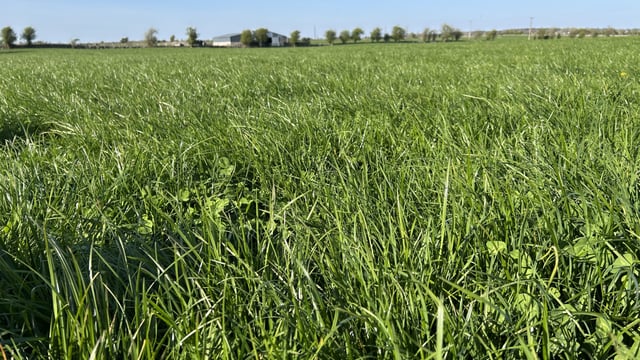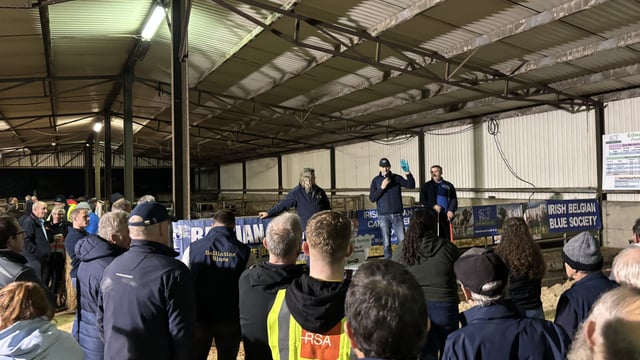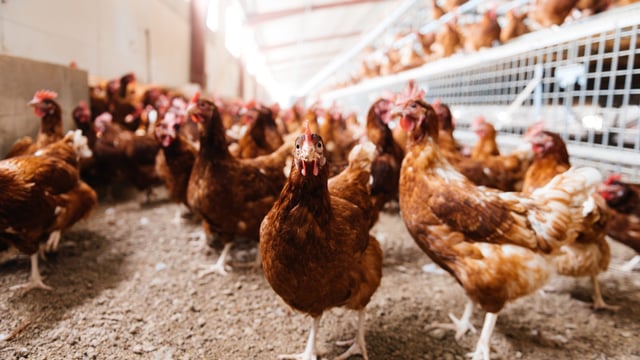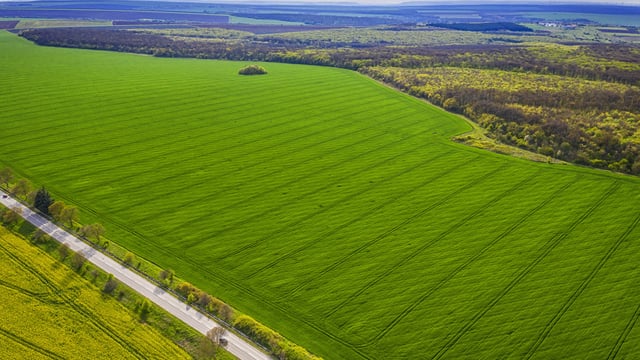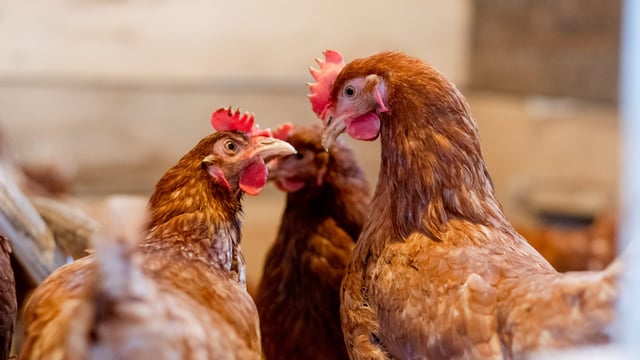Farm Focus: Turning soil data into action on the Ards Peninsula
Andrew and Joshua McClements have been early participants of Soil Nutrient Health Scheme (SNHS) in Northern Ireland.
They have outlined the benefits of using soil data to benefit their business which falls within Zone 1 of the programme.
“It was fantastic to receive free soil sampling and tailored recommendations for each field,” Andrew said.
“We’ve been sampling our cereal ground for years, but this scheme allowed us to assess the entire farm, including fields that have never grown cereals.”
Andrew and Joshua manage a 450ac mixed farm on the scenic Ards Peninsula.
The enterprise includes 200ac of cereal crops - winter wheat, spring barley, and winter barley - grown both for sale and to feed their herd of 100 suckler cows.
In a move towards greater financial and environmental sustainability they also produce beans to replace imported soya in their cattle feed.
The farm also produces oats for porridge production.
The cattle enterprise which runs on 250ac of grassland also includes a pedigree herd, Emerald Salers, and focuses on producing breeding heifers. All other cattle are finished on farm.
Soil types
The McClements’ focus is on maximising cereal yields to ensure profitability, though farming on the coast presents unique challenges.
The farm’s scenic location has a wide range of soil types. From shore gravel and light black soils to heavier clay, it is subject to both winter flooding and summer droughts.
These conditions significantly impact both grass and cereal yields.
Andrew said of the soil sampling: “If you don’t soil sample, you don’t know what to apply, so it makes business sense.
"It is important for us to minimise fertiliser costs to ensure profitability. You need to know where you stand.
"It is important to look at all aspects of soil health, the organic matter, structure, soil fertility and earthworm activity.”
The results from the SNHS include the organic matter of each field which revealed significant variations across the farm.
“Our black soil has 4" of high organic matter over grey clay. Knowing what’s beneath our feet is vital for managing soil effectively," Andrew continued.
The father and son duo praised the digital tools available through the scheme; Andrew also found the online map viewer very useful to match the fields’ numbers with the results, while Joshua appreciated the flexibility of the online training.
“The training was very good. There were great videos that were ready to go at a time that suited us to complete them," Joshua said.
"I didn’t have to be logged on for a certain time, I could access the training at a time that suited me and work through it at my own pace. It was a good reminder of aspects of soil health and was easy to follow and understand.”
One section of the training covers how to use the College of Agriculture, Food and Rural Enterprise (CAFRE) Nutrient Management Calculator, available through the Department of Agriculture, Environment and Rural Affairs (DAERA) Online Services.
Andrew and Joshua have been using the calculator for years and find it to be a very useful tool for their farm business.
“It is very useful. We use it to show the balance of artificial fertiliser to use for each crop," Andrew said.
"Because you can change the crop going into each field easily it makes it easy to get the relevant recommendations for that year.
"The overall soil health is very important, and you do need all the smaller bits of information to lead and guide decisions.”
Commenting on the training, CAFRE adviser Mary Ann Alexander said: “Training has been developed to support farmers increase their knowledge around soil health.
"Through a series of short videos and quizzes, training helps farmers understand and interpret their SNHS soil analysis report, make best use of organic manures, and learn how to create a Nutrient Management Plan.”


